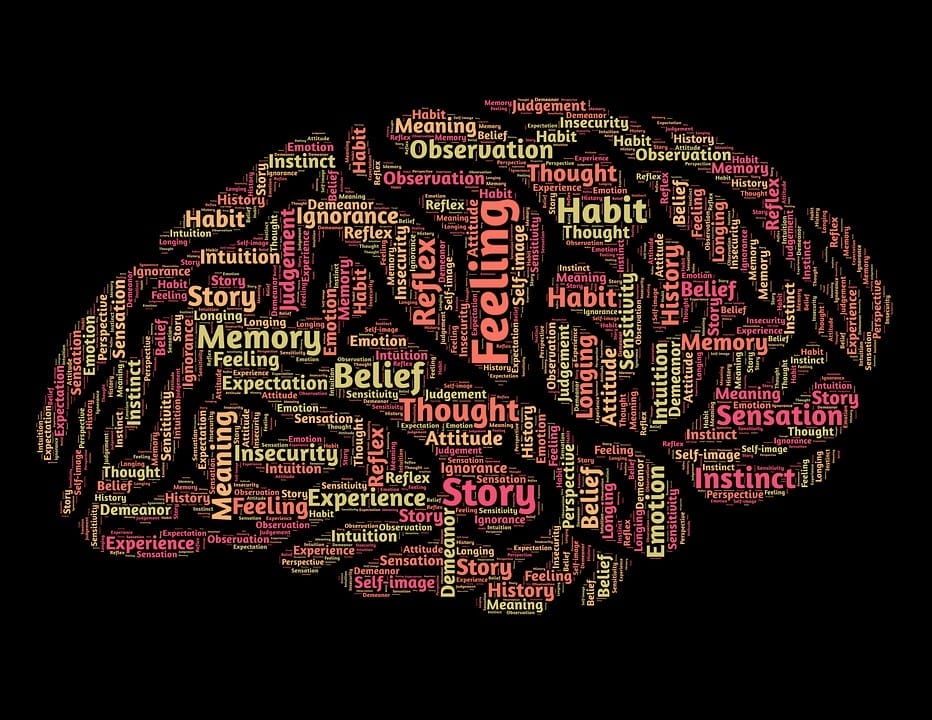Glossary of Cognitive Behavioral Therapy Terms

CBT, or cognitive behavioral therapy, is a helpful tool that most people can use to help them maintain good mental health. Through this form of therapy, thoughts and beliefs are observed, talked about, and changed to fall in line with healthy thought patterns so that a person can be happier and mentally well in their day-to-day life. Many people deal with anxiety or depression, and like any other vital organ, the brain may need treatment when it is not functioning how it should. There are many different terms used in the field of mental health, and it can be useful to know these terms to better understand how therapy works to improve the life of a patient.
A-B-C Model: A principle stating that events do not cause problems but the feelings and reactions to those events do
Arbitrary Inferences: Jumping to a conclusion with no evidence to support it
Automatic Thoughts: Thoughts that often occur outside of a person's awareness and lead to an emotional response
Cognitive Errors: Incorrect assumptions a person may have about an event
Cognitive Homework: An exercise or action to perform outside of therapy to help decrease negative feelings and overreactions
Cognitive Restructuring: The action of replacing negative thoughts with more positive ones or turning negative thoughts into positive ones by looking at them differently
Cognitive Therapy: Therapy that focuses on changing thought patterns and beliefs that cause a person distress to alleviate negative mental health symptoms
Cognitive Triad: The three main forms of negative thinking commonly seen in depression. They are negative views of one's self, negative views of the future, and negative views of the world.
Collaborative Empiricism: The idea that the person in therapy can interpret their behavior objectively with the help of the therapist
Coping Skills: Certain actions and procedures that can help someone feel better through stressful events
Dialectical Behavioral Therapy (DBT): A type of cognitive therapy that highlights emotional regulation and mindfulness to treat destructive thought and behavior patterns
Distortion of Reality: When a person does not see their world accurately, causing negative emotional reactions that may not fit the situation
Goal-Setting: The process of establishing a defined goal that is to be achieved while in therapy
Internal Dialogue: The thoughts a person has that relate to what they think about themselves and their surroundings
Irrational Belief: A belief that is not based in fact and causes distress to the person who believes it
Magnification: The exaggeration of an event that causes someone to feel that it is more important than it is in reality
Minimization: The opposite of magnification; downplaying an event and believing it is less important than it really is
Multimodal Therapy: A therapy that addresses seven modalities of a person that are interconnected. It addresses a person's affect, behavior, cognition, drug/biological factors, imagery, interpersonal factors, and sensation.
Negative Self-Schema: Negative thoughts and beliefs about one's self brought on by stressful or traumatic events
Overgeneralization: Applying beliefs that stem from one event to other events that have no relation, making it seem as though one event is the cause of everything else wrong in a person's life
Personalization: When someone connects themselves to an event with no basis for the relation
Polarized Thinking: Like a magnet has two poles, polarized thinking is based on two types of thoughts. It is used to describe an "all-or-nothing" type of thought pattern.
Rationality: The correct way of thinking that helps to achieve a person's goals in therapy
Rational Emotive Behavioral Therapy (REBT): A therapy used by Albert Ellis to restructure and replace irrational thinking with rational positive thinking
Selective Abstraction: Forming a conclusion based on a single detail of an event
Self-Instructional Therapy: The concept employed in therapy that says that a person's self-talk can dictate their day-to-day life, which is then addressed by working to make self-talk more positive to lead to a positive day-to-day experience
Self-Monitoring: The process of someone keeping their emotions in check and recognizing their behaviors and feelings in a given situation
Shame-Attacking Exercises: An exercise that has a person do something they feel ashamed or embarrassed about while focusing on the opposite feeling so that they do not feel shame or embarrassment
Stress-Inoculation Training: A technique used to give a person the ability to restructure their stressful thoughts and rehearse behaviors so that they can cope better in stressful situations
Therapeutic Collaboration: The process by which a therapist is active in engaging the client in order to have them fully participate in their sessions
Additional Resources:
- What Is CBT?
- How Cognitive Behavioral Therapy Works
- The Key Principles of CBT
- What CBT Treats and How it Works
- How Does Cognitive Behavioral Therapy Work?
- How Cognitive Behavioral Stress Management Works
- How it Works: CBT
- An Overview and Summary of CBT
- The Four Types of CBT
- The History of CBT
- CBT and How it Functions
- CBT: What it Is and What Techniques it Uses